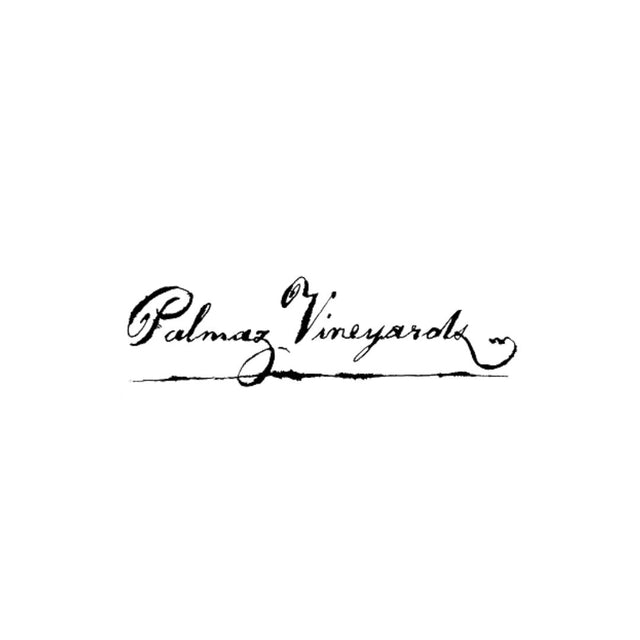
Palmaz Vineyard
-

Palmaz Vineyard 2019 Palmaz Cedar Knoll Vineyard Cabernet Sauvignon
Winemaker Notes Shy at first, the 2019 Palmaz Cabernet Sauvignon is a wine that takes its time to show its true characteristics. Dark fruit and toasted oak explode from the glass to invite you in. Once the wine opens up, currants, smoky oak and bold tannins round out a luscious mid-palate. About us Palmaz Vineyards’ winemaking takes place in a flawlessly engineered maze of tunnels and domes carved into rock at the base of Napa’s Mount George. The winery is built into an 18-story cavern in the flank of Mount George, providing it with not only all the benefits of gravity-flow winemaking but also the natural temperature control of a cave. By eliminating mechanical pumps from the winemaking process, gravity-flow design minimizes the turbulence that damages wines’ molecular structure. In 1881, gold rush pioneer Henry Hagan founded the Cedar Knoll Winery. His wines would go on to be served at the San Francisco Opera House and could be found on the dining room tables of San Francisco's high society. The winery was abandoned after the death of Henry Hagan and the onset of Prohibition. The Palmaz family purchased the Hagan property in the late 1990s and promptly set about crafting premium wines from their 45 distinct vineyard blocks, while also restoring the once grand estate to its former glory. The 2013 Cabernet bottling is 95% Cabernet Sauvignon with small amounts of Malbec, Merlot, Petit Verdot and Cabernet Franc aged 20 months in 89% new French oak. Jerry’s instincts led him to two regions located about 75 miles apart. In the early 1970s, he chose Monterey County’s Arroyo Seco district for its cool, windy climate and rocky soils as ideal for Chardonnay. In the 1980s, he recognized the potential of Paso Robles for growing Bordeaux varietals, especially Cabernet Sauvignon – given the area’s rich soils and dramatic diurnal temperature swings between warm days and cool nights. After Jerry Lohr’s nearly decade-long search for the right place to plant his first vineyard, he chose a site in Monterey County that was to become the heart of the Arroyo Seco appellation. Jerry originally planted 280 acres in 1972 and 1973 near Greenfield. Monterey County’s Arroyo Seco appellation has proved ideal for growing layered, complex Chardonnay and Pinot Noir. Brisk winds and fog off Monterey Bay, stony, well-drained soils, and a lack of damaging fall rains all combine to produce grapes with trademark fruit intensity and balancing acidity. In 1974, Jerry unveiled the first J. Lohr winery in San Jose. In the early 1980s, Jerry Lohr saw the potential for great Cabernet Sauvignon further south. Borrowing a lesson from the French—that great Chardonnay and Cabernet Sauvignon excel in very different growing conditions—Jerry began planting Cabernet Sauvignon and other red varieties in San Luis Obispo County’s little-known Paso Robles region in 1986. With the hands-on devotion of an artisan farmer, Jerry tended to the vines while diligently working toward the creation and development of an adjacent winery and barreling cellars; J. Lohr’s Paso Robles production facility was opened in 1988.
$168.88 - $503.64
-

Palmaz Vineyard 2013 Palmaz Vineyard Cabernet Sauvignon
2013 Palmaz Vineyard Cabernet Sauvignon. Explore rare, premium wines curated for collectors and enthusiasts. 1976 Wine Hours offers fine wine delivery with elegance and expertise The resulting wine exhibits exceptional concentrations both in structure and aromatics. At first glance, the nose exhibits an inviting whiff of raspberry liquor that is anchored by wet stones drying on a hot summer day. The fruit flavors are a parade of black and blue fruits that slowly transfer to sweet black tea with a gentle yet firm finish. This wine is a perfect excuse to dust off the decanter and stash a few bottles in the back of your cellar if you can resist drinking every bottle young. Palmaz winemaking takes place in a flawlessly engineered maze of tunnels and domes carved into rock at the base of Napa’s Mount George. The winery is built into an 18-story cavern in the flank of Mount George, providing it with not only all the benefits of gravity-flow winemaking but also the natural temperature control of a cave. By eliminating mechanical pumps from the winemaking process, gravity-flow design minimizes the turbulence that damages wines’ molecular structure. In 1881, gold rush pioneer Henry Hagan founded the Cedar Knoll Winery. His wines would go on to be served at the San Francisco Opera House and could be found on the dining room tables of San Francisco's high society. The winery was abandoned after the death of Henry Hagan and the onset of Prohibition. The Palmaz family purchased the Hagan property in the late 1990s and promptly set about crafting premium wines from their 45 distinct vineyard blocks, while also restoring the once grand estate to its former glory. The 2013 Cabernet bottling is 95% Cabernet Sauvignon with small amounts of Malbec, Merlot, Petit Verdot and Cabernet Franc aged 20 months in 89% new French oak.
$388.97 - $1,163.91



























































